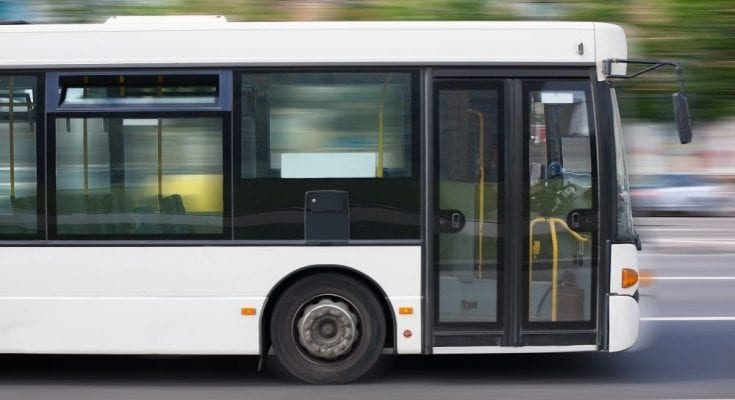Crammed onto trains and buses, knocking elbows, jostling coffee, smelling smells… If you’re wondering how we got here, you’re not alone. Mass transit isn’t a perfect solution, but we can’t always avoid it. How did public transportation start? Let’s travel back a few centuries.
The Earliest Commuters
Mass transit centers on urban centers, where workers need to commute to their jobs. In a sense, the invention of public transportation had to wait until cities sprang up. But if you expand your definition a bit, you could trace the start of it to around 2000 BC. Theoretically, our ancestors might have bummed a ride on someone’s chariot.
A French Failure
The father of modern transportation was likely Blaise Pascal, the legendary French philosopher, mathematician, and scientist. As an urban planner, though, he wasn’t as successful. In 1662, he came up with the idea of horse-drawn carriages that traversed Paris on a schedule. But the system catered only to the upper class. Within a decade, the fad died out.
The First Buses
In the 1820s, Paris, London, and New York took another crack at public transportation. This time, commoners were welcome on “omnibuses” that carried 10 people at a time, pulled by teams of horses. At about the same time, the first steam railway appeared. Unfortunately, it only traveled between two towns in Northeast England: Stockton and Darlington.
Trams and Trolleys
Steam power and tracks helped establish streetcar systems in France (1855), South America (1858), and Australia (1860). San Francisco’s iconic cable cars debuted in 1873 to give relief to the poor horses trying to climb the city’s steep hills.
Ups and Downs
In 1890, the earliest form of the London Underground began operation. Two years later, Chicago built a system that traveled underground, on street level, and on elevated tracks. The “L” is still chugging today. When Boston built their transit lines in 1897, they decided on a subway to dodge the severe weather.
Baby Steps, and a Leap Forward
Since then, urban centers have focused on small advancements to make public transportation faster, more accessible, and less expensive. Double-decker buses popped up in 1910. Internal combustion engines became common in the 1920s. One dramatic breakthrough, though, shattered traditional speeds: the first bullet train could move at 99 miles per hour between Tokyo and Osaka, Japan.
The Future of Transit
Public transit might have emitted more than its share of exhaust over the years, but at this point, people consider buses the greenest way to travel. The start of public transportation wasn’t about saving the planet, but now, technology is making vehicles more eco-friendly than ever. Shenzhen, China, is the world’s first city to use a fully electric fleet of 16,000 buses. They’re quieter and produce about 48 percent fewer emissions. Do the passengers care? Yes—as long as the buses run on time.
Additional Resources:
Scooters



